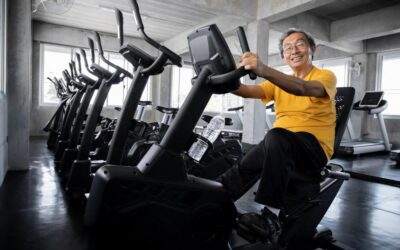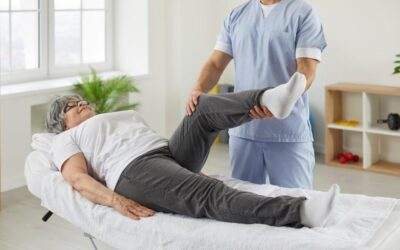There’s no escaping the age-related changes that happen in your spine as you get older. However, staying proactive about your health can reduce your risk factors for degenerative spine conditions, especially spinal stenosis.
Hasan Badday, MD, is a highly skilled interventional pain management specialist who regularly treats patients with chronic back pain due to spinal stenosis. Dr. Badday understands how disruptive chronic pain can be in your daily life. He offers advice for preventing spinal stenosis and other degenerative spine changes to help you enjoy a happy, pain-free life.
Understanding spinal stenosis
Spinal stenosis is a condition that describes a narrowing in the spaces of your spinal canal. As excess tissue or bone grow in these spaces as you get older, they can start pressing on the surrounding nerves or your spinal cord.
Compressed nerves are the root cause of pain and other symptoms associated with spinal stenosis. As nerves remain under pressure, the signals from your brain to the nerves are disrupted. This results in symptoms that worsen over time and eventually can lead to disability.
Spinal stenosis can occur in your cervical spine (neck) or in your lumbar spine (lower back). Depending on the area where your spine narrows, you may experience symptoms in the upper or lower part of your body, which also radiate out into your arms, legs, shoulders, and buttocks.
The most common symptoms of spinal stenosis include:
- Pain
- Muscle weakness
- Tingling and numbness
- Difficulties walking or grasping objects
If severe enough, lumbar stenosis can even affect your bladder and bowel function.
Reducing your risk factors for spinal stenosis through lifestyle changes
If you have arthritis or have previously suffered direct trauma to your spine, such as from sports injuries, falls, or auto accidents, you may be at increased risk for developing spinal stenosis, even while you’re young.
To reduce your risk for spinal stenosis in spite of past injuries or because of your age, Dr. Badday can work with you on a plan that involves strategies like:
Quit smoking
If you haven’t yet kicked the habit, consider how smoking affects the health of your spine. When you smoke, your blood vessels constrict and cut off healthy blood flow to your spine. This can lead to premature degenerative spinal changes that increase your risk for spinal stenosis-related pain and other symptoms.
Do regular stretches
By gently stretching the muscles of your spine each day, you will keep your spine flexible and ensure you retain a good range of motion. Healthy muscles in your back better support your spine and reduce your risk for injuries that can trigger early onset spinal stenosis.
Increase daily exercise
In addition to gentle stretching, you should increase your daily exercise to increase blood circulation that benefits your spine. Even if you have existing pain or other health issues, you can incorporate exercise into your day through 30-minute daily walks and chair exercises.
Maintain a healthy body weight
When you’re overweight or obese, the added body weight you carry puts unnecessary pressure on the joints of your spine. This not only increases your risk for spinal stenosis, it can also increase the likelihood you’ll develop other painful conditions, like bulging discs and arthritis.
Pay attention to posture
Your posture is often something you don’t notice often until you already have pain. If you work at a desk or in a manual labor job, always ensure your back is straight and you’re using proper lifting techniques to avoid spine trauma, muscle tears, and other injuries that can increase your risk for spinal stenosis.
If you have concerns about chronic back pain or want to learn more about preventing spinal stenosis, schedule a consultation with Dr. Badday at Pacific Pain & Regenerative Medicine online or by phone today.









